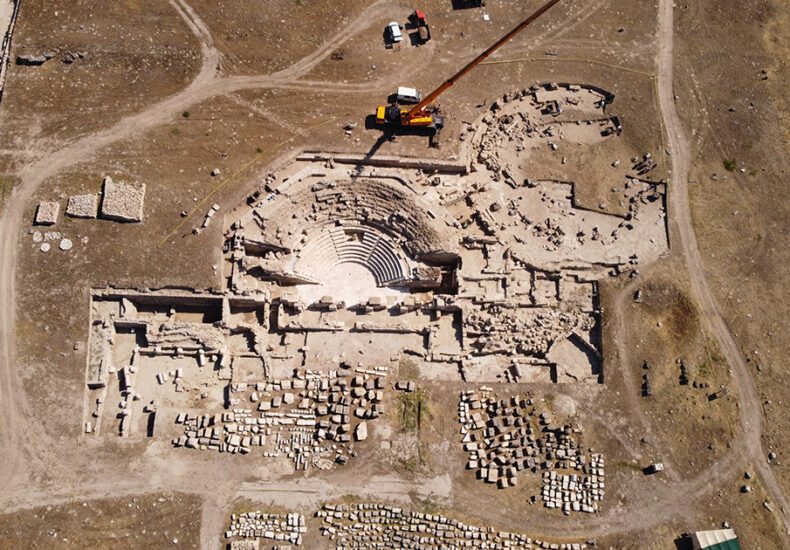
A First in Anatolian Archaeology: 2,050-Year-Old Hexagonal Council House Unearthed in Laodicea
During the 2025 excavation season at Laodicea, an ancient city located in Denizli and listed on the UNESCO World Heritage Tentative List, archaeologists have uncovered a unique 2,050-year-old council house (bouleuterion) dating back to the reign of Roman Emperor Augustus. The architectural rarity stands out for its unusual hexagonal design—marking the first such example ever documented in the archaeology of Anatolia.
An Exceptional Architectural Layout
Excavation director Prof. Dr. Celal Şimşek told Anadolu Agency that the newly discovered bouleuterion was a multifunctional structure used for governance, judiciary, and public affairs. According to Şimşek, the structure’s surrounding walls form a five-sided enclosure that, together with the entrance, creates a hexagonal floor plan:
“This is the first time we’ve encountered such an architectural design in Anatolia. Even in the Roman world, such experimental layouts are exceedingly rare.”
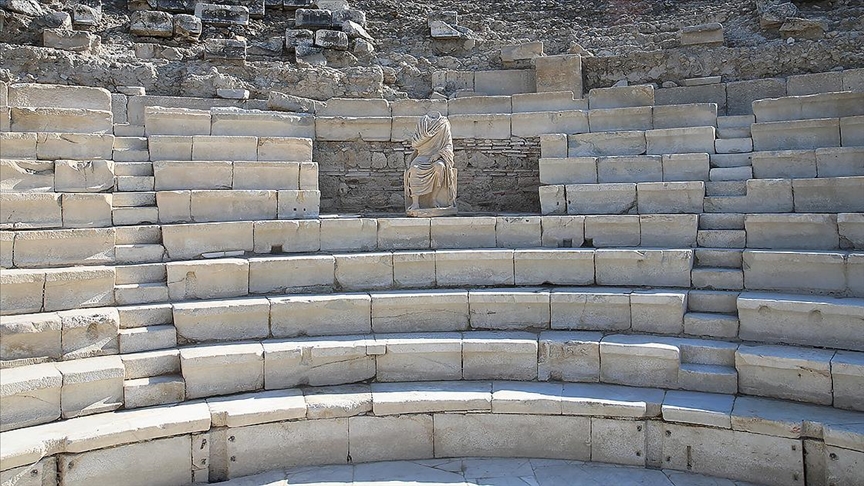
The building features both upper and lower seating rows, with inscriptions bearing the names of council members and leaders. The stepped seating suggests accommodation for between 600 and 800 people. Archaeological findings also confirm that the council was composed of elders, youths, and ordinary citizens—evidence of a diverse representational system.
Seven Centuries of Unbroken Use
Dating to the second half of the 1st century BCE, the bouleuterion remained in continuous use for roughly 750 years, until the city was abandoned in the 7th century CE. A notable discovery during excavations was a seated statue found in situ. Prof. Şimşek states that the statue was originally crafted in the 2nd century CE, but its head was replaced in the 5th century:
“The head was re-sculpted in the style of Late Roman portraiture. This continuity in representation reflects the sustained symbolic authority of the space and the judiciary system it housed.”
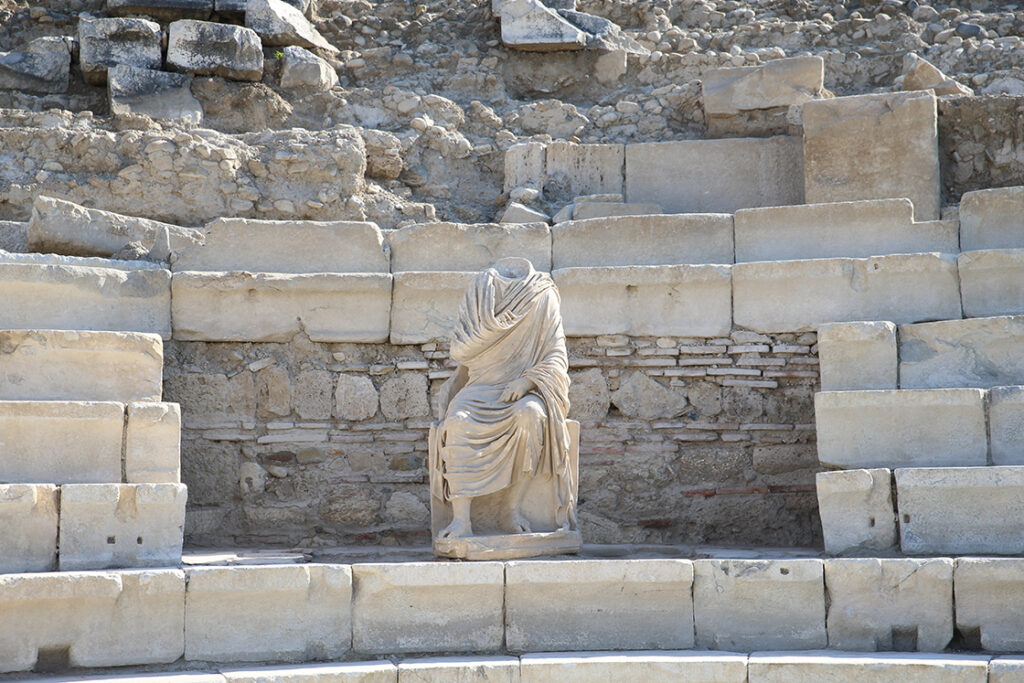
The Administrative Core of the City
In front of the bouleuterion lies what is believed to be the political agora. To the sides are rooms thought to be archival chambers, and directly to the south stands one of the largest bath complexes in Anatolia—the Southern Bath—and the adjacent stadium. This architectural density confirms Laodicea’s role not only as a religious and commercial hub, but also as the administrative capital of Phrygia during the Roman Empire.
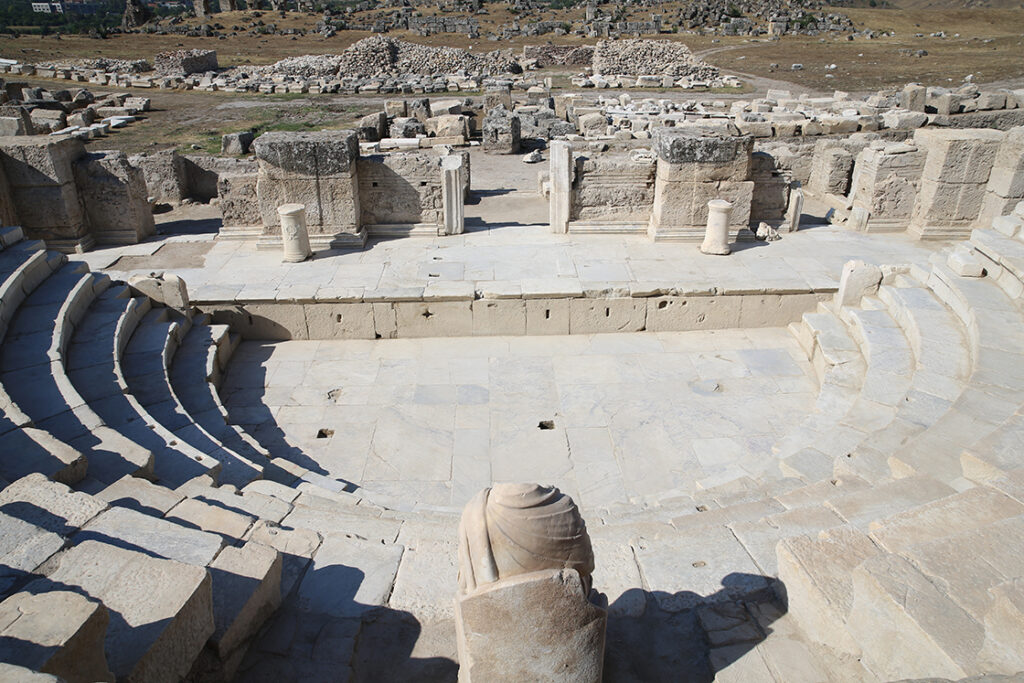
Aerial view of the newly unearthed 2,050-year-old hexagonal council house (bouleuterion) in the ancient city of Laodicea, a first in Anatolian archaeology.
Photo: Sebahatdin Zeyrek / AA
You may also like
- A 1700-year-old statue of Pan unearthed during the excavations at Polyeuktos in İstanbul
- The granary was found in the ancient city of Sebaste, founded by the first Roman emperor Augustus
- Donalar Kale Kapı Rock Tomb or Donalar Rock Tomb
- Theater emerges as works continue in ancient city of Perinthos
- Urartian King Argishti’s bronze shield revealed the name of an unknown country
- The religious center of Lycia, the ancient city of Letoon
- Who were the Luwians?
- A new study brings a fresh perspective on the Anatolian origin of the Indo-European languages
- Perhaps the oldest thermal treatment center in the world, which has been in continuous use for 2000 years -Basilica Therma Roman Bath or King’s Daughter-
- The largest synagogue of the ancient world, located in the ancient city of Sardis, is being restored

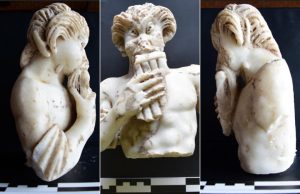
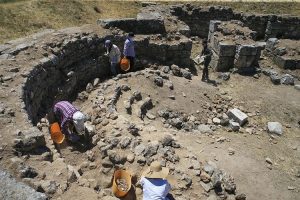
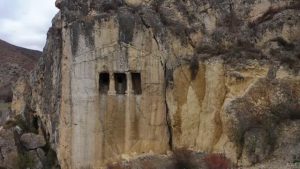
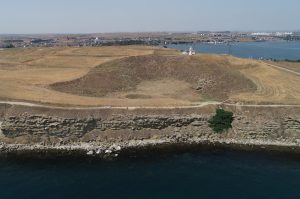
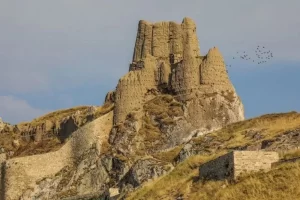
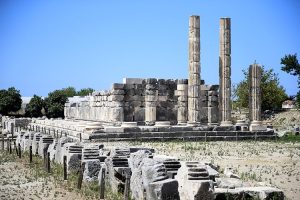


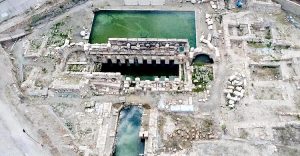
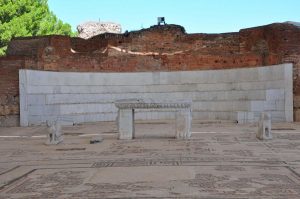
Leave a Reply